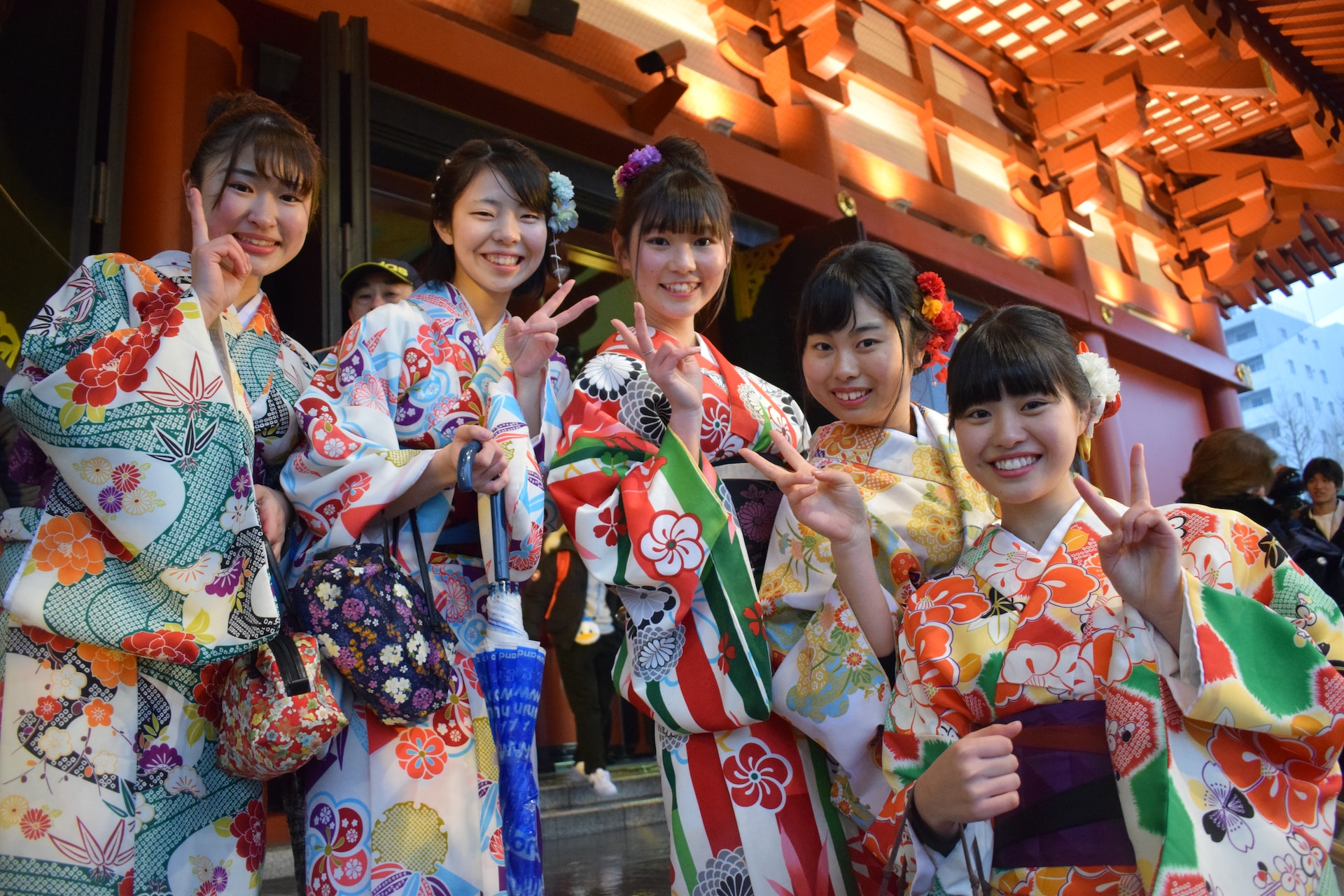Japanese fashion has a long history and is heavily influenced by global influences. The iconic kimono, with its flowing lines and intricate patterns, is a symbol of elegance and grace. Geishas, the iconic entertainers of Japan, have also played a significant role in shaping Japanese fashion, with their elaborate hairstyles, white makeup, and vibrant kimonos. During the Meiji era, Japan opened its doors to the West, leading to an influx of Western fashion and ideas. Harajuku, a vibrant neighborhood in Tokyo, emerged as a hotspot for youth culture and fashion in the 1980s, known for its eclectic and avant-garde street style, which continues to inspire designers worldwide.
The influence of haute couture on Japanese fashion has gone beyond high fashion shows and designer collaborations. Japanese fashion designers often collaborate with skilled artisans and craftsmen to create intricate garments that blend tradition with innovation. In recent years, there has been a resurgence of interest in kimonos as a fashion statement. Japanese fashion brands have also embraced the principles of haute couture, infusing their designs with luxurious fabrics, meticulous tailoring, and attention to detail. Globalization has impacted Japanese fashion by creating a unique and sought-after aesthetic.
Globalization has influenced Japanese fashion by introducing new styles, fabrics, and techniques from around the world. Some Japanese fashion designers have achieved global fame for their innovative designs. Traditional Japanese fashion can be worn in everyday life, such as kimonos. Harajuku fashion has inspired and influenced global fashion trends by showcasing bold, creative, and experimental styles. Japanese haute couture is characterized by meticulous attention to detail, innovative designs, and a seamless fusion of traditional techniques with contemporary aesthetics.
Japanese fashion continues to captivate the world with its fusion of tradition, global influences, and haute couture. Kimonos are a testament to Japan’s enduring fashion legacy, with their intricate patterns and rich symbolism. Designers draw inspiration from the elegance and silhouette of kimonos to create modern fashion pieces with a touch of Japanese flair. Global influences have opened doors to new fashion possibilities, with Western garments making their way into the Japanese wardrobe. Japanese street fashion, particularly in Tokyo’s Harajuku district, has left an indelible mark on global fashion trends, offering a fresh perspective on individuality and personal style.
Finally, haute couture, with its emphasis on exclusivity, craftsmanship, and artistic expression, has found a natural synergy with Japanese fashion, challenging established fashion powerhouses. The fusion of Japanese fashion, global influences, and haute couture has captivated the global fashion community. Renowned Japanese designers like Rei Kawakubo of Comme des Garçons and Yohji Yamamoto have pushed the boundaries of fashion with their unique perspectives, unconventional silhouettes, and deconstructed aesthetics. In the realm of haute couture, traditional Japanese techniques and craftsmanship continue to thrive alongside innovative design concepts. Japanese designers often collaborate with skilled artisans and craftsmen, merging time-honored techniques such as Shibori, Yuzen dyeing, and intricate embroidery with cutting-edge technology.
Additionally, Japanese fashion has embraced a strong commitment to sustainability and ethical practices, adopting wabi-sabi aesthetics and sustainable fashion. Japanese designers also embrace the principles of upcycling and repurposing, breathing new life into vintage textiles and garments. The global influence of Japanese fashion has reverberated across the international fashion scene, inspiring designers, influencing trends, and captivating fashion enthusiasts worldwide. The fusion of Japanese fashion and global influences has brought a fresh perspective, innovative design concepts, and a celebration of craftsmanship to the fashion industry. Celebrity endorsements and red-carpet appearances have amplified the global reach of Japanese fashion, with Renowned actors, musicians, and fashion icons often wearing Japanese designer pieces.
Japanese fashion influences popular culture beyond the runways, shaping street style trends, inspiring cosplay communities, and permeating various forms of entertainment media. It encompasses a broad spectrum, ranging from avant-garde designs to everyday wearable fashion, catering to different tastes and preferences. The fusion of Japanese fashion, global influences, and haute couture has created a captivating tapestry of style and creativity. Events like Tokyo Fashion Week and exhibitions such as The Fusion of Japanese Fashion, Global Influences, and Haute Couture have provided a stage for designers to showcase their unique creations and celebrate the fusion of Japanese fashion with global influences. Social media platforms have played a pivotal role in the popularity and dissemination of Japanese fashion globally, with influencers, fashion bloggers, and enthusiasts from around the world sharing their love for Japanese fashion. Japanese fashion continues to evolve, inspire, and leave an indelible mark on the international fashion scene.

